I'm studying this circuit:
The author of my book says that the purpose of this circuit, called "Self Biased Current Reference", is to generate a current almost independently of the supply voltage. He also says that, if M3 and M4 are perfectly equal, than I1=Iref. Then it follows that:
from which I can find VGS1 and I1.
Question 1: When the author says that the current mirror is perfectly matched and then I1=Iref, isn't it too much simplified? He neglects channel lenght modulation, but in reality the source-to-drain voltages of M3 and M4 will not be equal (because we have just M1 under M3, instead we have M2 and a resistor under M4)
Question 2: Why is this current almost independent of VDD? The author says:
"The value of the generated current weakly depends on the supply voltage because there is a high impedance element per branch capable of absorbing possible supply variations. These two elements are the transistors M2 and M3. The drain to source voltage of M1 and M4 can not change freely: the former is two VGS above ground the latter is one VGS below VDD. Any supply fluctuation is then “absorbed” by the high resistance that we have between drain and source of M2 and M3"
I don't understand the strong part of the text: why is any fluctuation “absorbed” by the high resistance that we have between drain and source of M2 and M3?
Thank you

